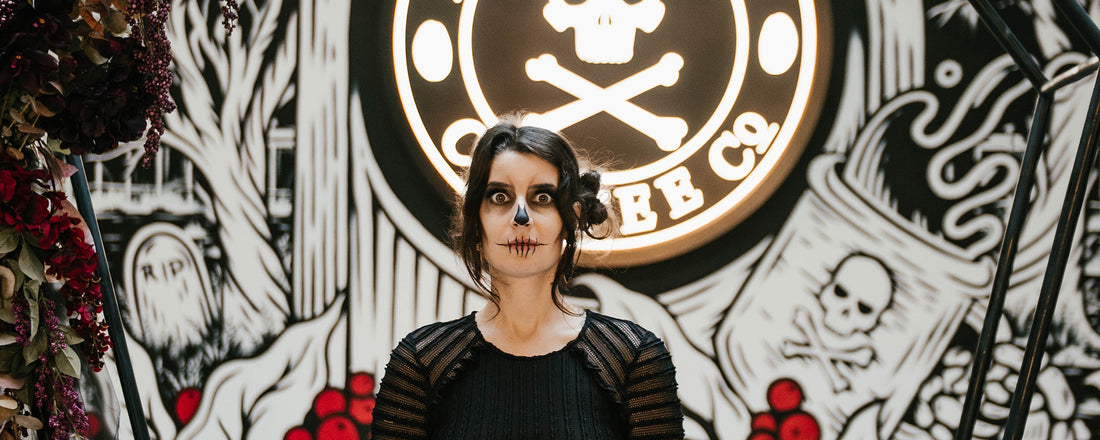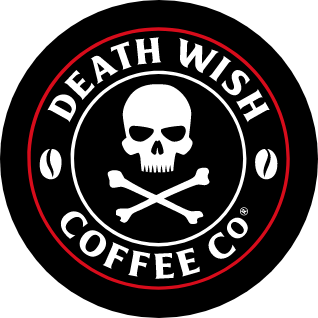
Why Coffee Was Called Satan’s Drink
Coffee TalkDrinking With the Devil
Coffee—today’s nectar of the gods, the elixir of life. Seems like a sin NOT to drink it.
It's hard to even imagine that until Pope Clement VIII blessed the caffeinated, bold brew in the 1600s, it was called “Satan’s drink.” This dark, bitter, boiling hot, and addictive beverage was even outlawed and considered dangerous. Why? Leaders viewed it as strong enough to inspire super-human energy, sharpen the mind—and as downright evil—because it came from the land of the “infidels.”
Before becoming a staple as part of our morning pick-me-up routine that we just can’t live without, coffee’s history is an interesting one that started “percolating” a long, long time ago.
Grounds for Revolution
In the Middle East—where coffee came from—it was viewed as a political threat to society. Those in positions of power noticed that people just got drunk and silly when they drank alcohol. But when people drank coffee, especially in social settings, they stayed sharp, full of energy—and committed to fight against the anti-coffee regime. The coffee seemed to give them “grounds” for revolution, and that made coffee dangerous. (You can’t effectively plan a revolution if you’re drunk, after all.)
If caught purchasing or drinking coffee, then you paid with your head—quite literally—most of the time with those rebellious lips still on the rim of the coffee cup! (Talk about a Death Wish!) Other punishments included severe beatings or even being sewn into a bag and dropped into a river to drown!
The Devil’s Wicked Brew
Later in 17th-century Europe, coffee’s popularity gained steam as trade routes opened up all sorts of goods from the Middle East and other areas of the world. At a time when anything fun was made a crime (like gambling and the theater, for example), coffee—now deemed “Satan’s drink”—soon came under fire by Pope Clement VIII and the Catholics in Europe, too.
How can the tasty beverage that brings so much joy, energy and caffeine create such a threat? Coffee’s growing popularity, its association with Islam and the Middle East and the clear effect it had on people who drank it, caused serious concern for Catholic church leaders.
But the threat of punishment didn’t stop the original caffeinds back in the day either. Commoners loved it and couldn’t get enough of it.
Blessing of the Beans
As coffee’s popularity continued to spread, Pope Clement’s advisors even called it a “bitter invention of Satan.” Despite the extreme pressure to renounce the caffeinated bliss—er, wicked brew—as it was viewed, Pope Clement VIII wanted to try the coffee before condemning it. And all it took was tasting the cup of joe to turn a condemnation into a blessing.
Giving coffee the green light for Catholics—and really Christians around the world, he proclaimed: “This Satan’s drink is so delicious that it would be a pity to let the infidels have exclusive use of it.” It also made sense as a smart alternative to intoxicating drinks.
That blessing eventually led to coffeehouses opening in Rome in 1645, and don’t forget about those “coffee hours” that churches around the world include as part of the regular routine.
It’s hard to believe that coffee had such a rough start, considering Americans drink nearly 400 million cups of coffee every day. We love the stuff. God bless those (coffee) beans!

